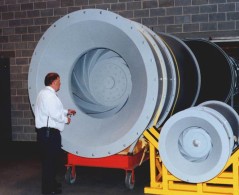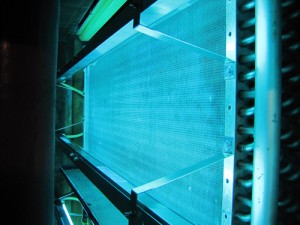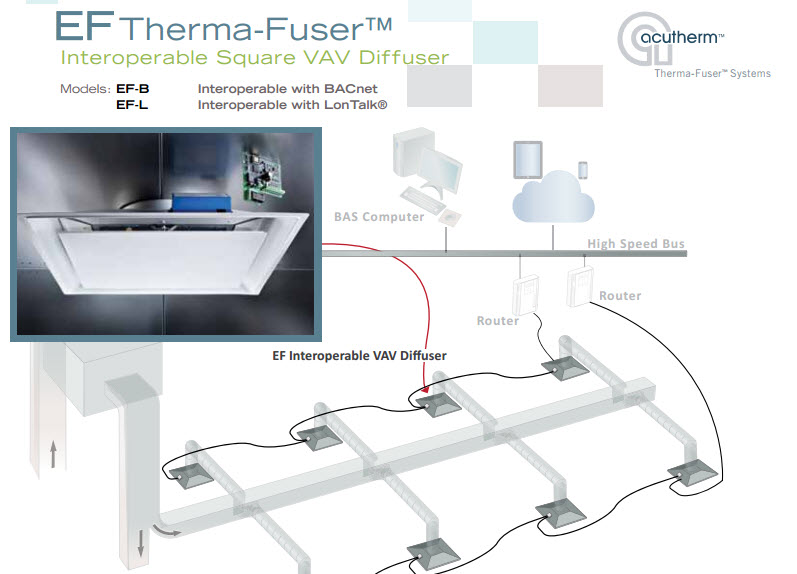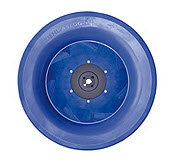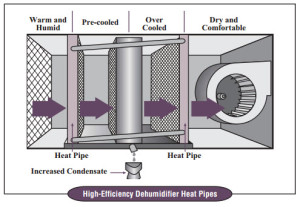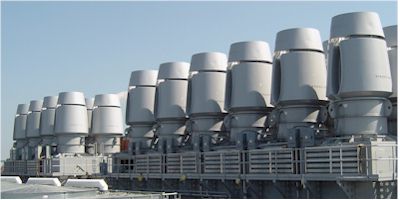Project Name: University of Texas Tower Air Handling Unit Replacement
 Location: Austin, Texas
Location: Austin, Texas
Project type, building type: System overhaul, school (college, university)
Mechanical Engineer: EEA Consulting Engineers
Equipment: Custom Field Erected Air Handling
Manufacturer: Air Enterprises (AEI)
Project duration: 1.5 years
Project completion date: April 30, 2007
Engineering challenges
Location and space constraints for the new equipment:
The tower was occupied and existing equipment remained in use for duration of the project. There was limited access to the area where existing and new equipment were located. This area is near the top of the tower, behind the walls that support the clock facings.
Time constraint for the switch over to the new system:
The two-week Christmas break between the fall and spring semesters provided the only period that the tower was not occupied. The transition from the old air handling unit to the new one was scheduled for that period, which meant that all aspects of the project absolutely had to be completed and become fully operational during the break.
Solutions
Location and space constraints for the new equipment:
The solution was to remove a portion of the wall below the north clock facing to allow access. A new equipment platform and stair system was constructed to support and access the new equipment in the tall void space inside the top of the tower. A crane was used to lift the equipment and material into place as well as to remove and replace the 2,700-lb wall stones.
Time constraint for the switch over to the new system:
This entailed close coordination between the engineer, the owner, the consultants, and the contractor. All parties committed early in the project to meet deadlines and to quickly address any issues that might arise. As a result, the switch over proceeded smoothly and the tower reopened as scheduled. Following the switch, final installation was completed.
Related Blog Post:
Field Erected Air Handling Units | 4 Good Reasons to Assemble an Air Handling Unit On-Site

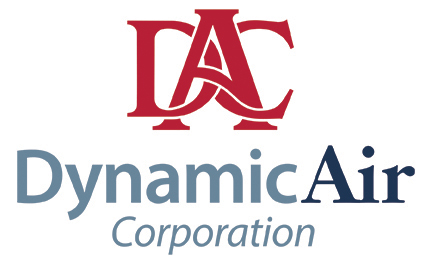




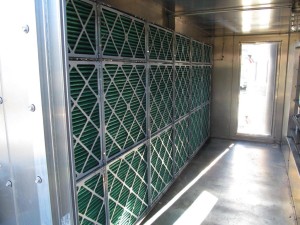
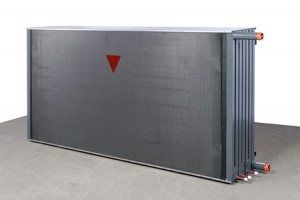 fins are flat and wide spaced: coil can be power-washed easily (once in 5-15 Years) – certainly less frequent than exchanging filters
fins are flat and wide spaced: coil can be power-washed easily (once in 5-15 Years) – certainly less frequent than exchanging filters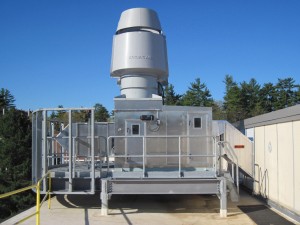
 Pharmaceutical production is popular in many tropical locations because of regulatory, tax, and labor-cost benefits. Yet many of the benefits can be easily negated if a production facility doesn’t properly mitigate high humidity, an environmental feature that comes part and parcel with any tropical location.
Pharmaceutical production is popular in many tropical locations because of regulatory, tax, and labor-cost benefits. Yet many of the benefits can be easily negated if a production facility doesn’t properly mitigate high humidity, an environmental feature that comes part and parcel with any tropical location.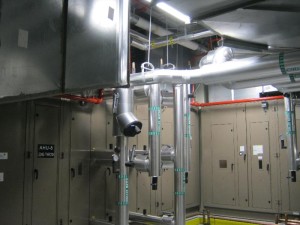 System: 10,000 CFM mixed-air system in San Juan, Puerto Rico. The system supplies constant 62°F dry bulb and 53°F dew point air
System: 10,000 CFM mixed-air system in San Juan, Puerto Rico. The system supplies constant 62°F dry bulb and 53°F dew point air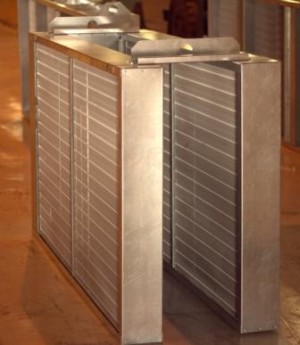 Application: 100% Outside Air
Application: 100% Outside Air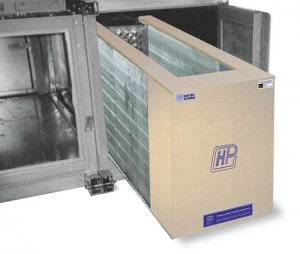 Application: Mixed Air
Application: Mixed Air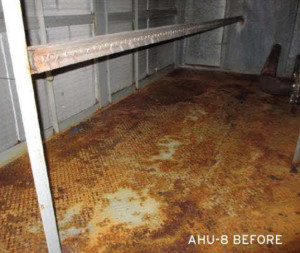 Higgins Hall is a science and research building on the main campus at
Higgins Hall is a science and research building on the main campus at 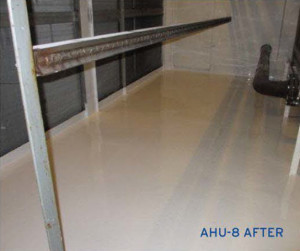 AQUIS installed its engineered coating systems on the chamber floors, walls, ceilings, and fan housings.
AQUIS installed its engineered coating systems on the chamber floors, walls, ceilings, and fan housings.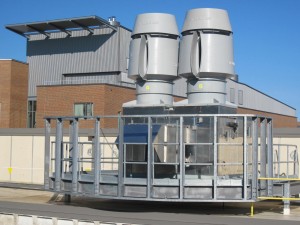 Fan published performance data is typically based on tests that have the air entering the inlet of the fan free of swirl and with uniform air flow patterns. Any inlet condition that deviates from those designed and tested performance results has the possibility to produce a fan or system that has a de-rated performance. The result in “as tested” ideal inlet conditions compared to “as installed” conditions are commonly known as system effect.
Fan published performance data is typically based on tests that have the air entering the inlet of the fan free of swirl and with uniform air flow patterns. Any inlet condition that deviates from those designed and tested performance results has the possibility to produce a fan or system that has a de-rated performance. The result in “as tested” ideal inlet conditions compared to “as installed” conditions are commonly known as system effect. 